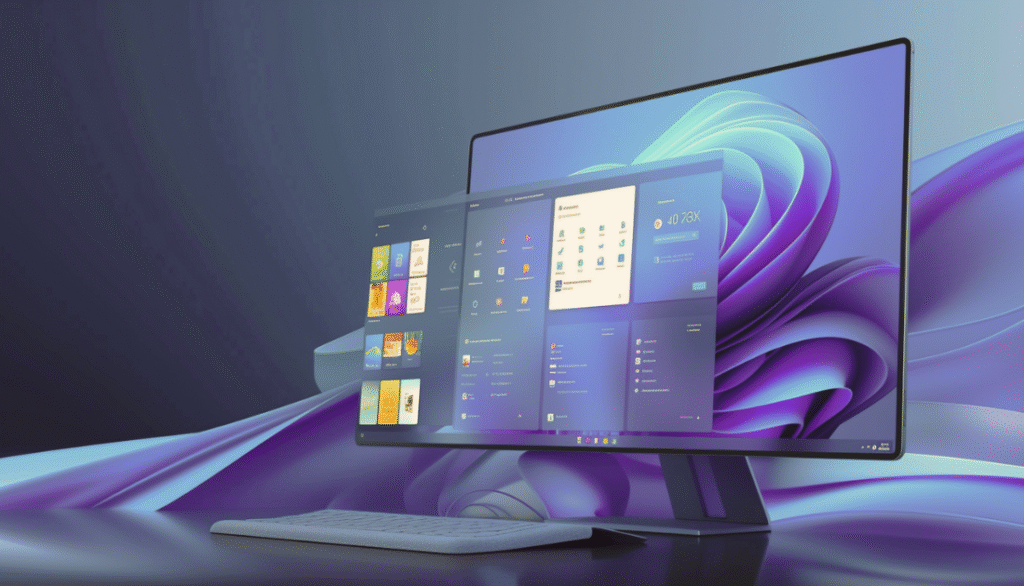Microsoft has extended security update support for Microsoft 365 apps on Windows 10 until October 10, 2028.
Highlights
This move comes despite the operating system’s planned end-of-support date on October 14, 2025.
According to an updated support document, the company aims to provide users—particularly businesses and individuals still transitioning to Windows 11—with more time to complete their upgrades while maintaining essential security standards.
The extended support will include critical security updates delivered through standard channels, but not new features or functionality enhancements.
Microsoft emphasized that, although Office apps will continue to run on Windows 10 after its official end-of-life, operating on an unsupported system may increase the risk of reliability issues, degraded performance, and exposure to security threats.
Microsoft’s Strategy and the Windows 11 Transition
This policy update aligns with Microsoft’s broader transition strategy, which emphasizes Windows 11 adoption.
At CES 2025, Microsoft positioned the year as “the year of the Windows 11 PC refresh,” promoting new hardware designed to support the company’s Copilot+ suite—an expanding collection of AI-powered tools.
These AI features are exclusive to Windows 11 and require compatible, modern hardware.
Microsoft continues to encourage users to migrate to Windows 11, particularly to take advantage of the AI integrations that are central to the company’s vision for future productivity. However, adoption has been slowed by hardware limitations:
Windows 11 demands newer CPUs and advanced system capabilities, which are not supported by many existing PCs. For some users, transitioning to the new OS may require purchasing new hardware altogether.
Extended Security Updates (ESUs) for Windows 10
To support users unable to immediately transition, Microsoft has introduced Extended Security Updates (ESUs) for Windows 10.
These updates are available to both enterprise and individual users. For the first time, individual consumers can purchase a one-year ESU license for $30 per device.
Businesses may opt for a multi-year plan, priced at $61 for year one, $122 for year two, and $244 for year three. Educational institutions benefit from reduced rates, beginning at $1 per device for the first year.
These ESUs cover only critical and important security updates. They do not include new features, performance optimizations, bug fixes, or technical support.
Limitations of Microsoft 365 App Support on Windows 10
While Microsoft 365 apps will receive security updates on Windows 10 until 2028, support will remain limited. If users encounter issues specific to the Windows 10 environment, Microsoft’s ability to offer in-depth troubleshooting may be restricted.
In such cases, users may be advised to upgrade to Windows 11 for full compatibility. Additionally, Windows 10 users will not have access to bug reporting or new feature requests for Microsoft 365 apps during this extended period.
Hardware Barriers and Market Implications
The hardware requirements for Windows 11 remain a key obstacle to widespread adoption. Many older systems do not meet these specifications, creating logistical and financial challenges for organizations managing large device fleets.
This situation complicates Microsoft’s efforts to fully implement its AI-driven strategy across the ecosystem.
Microsoft’s push toward AI integration—particularly with its Copilot services—is central to its long-term business and product development plans.
However, the segmentation between users on legacy systems and those on Windows 11 may slow down the broader adoption of cloud-connected AI tools, especially among consumers and smaller enterprises.
Post-2028 Functionality and Considerations
Microsoft 365 apps will continue to function on Windows 10 beyond the October 2028 support cutoff.
However, users are advised that running these apps on an unsupported operating system may result in reduced reliability and security over time. As such, Microsoft recommends evaluating these risks when planning future software and hardware strategies.


